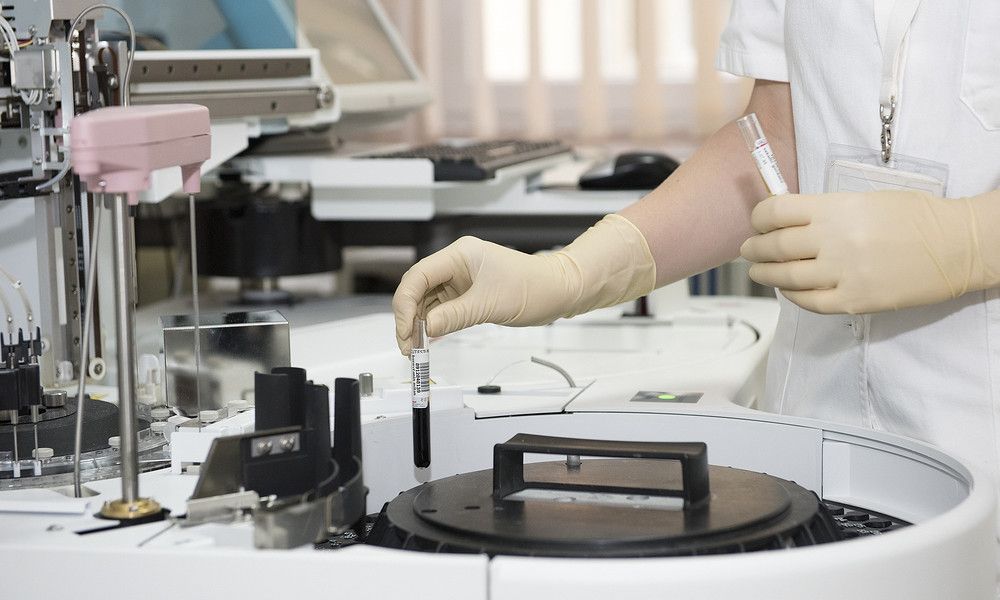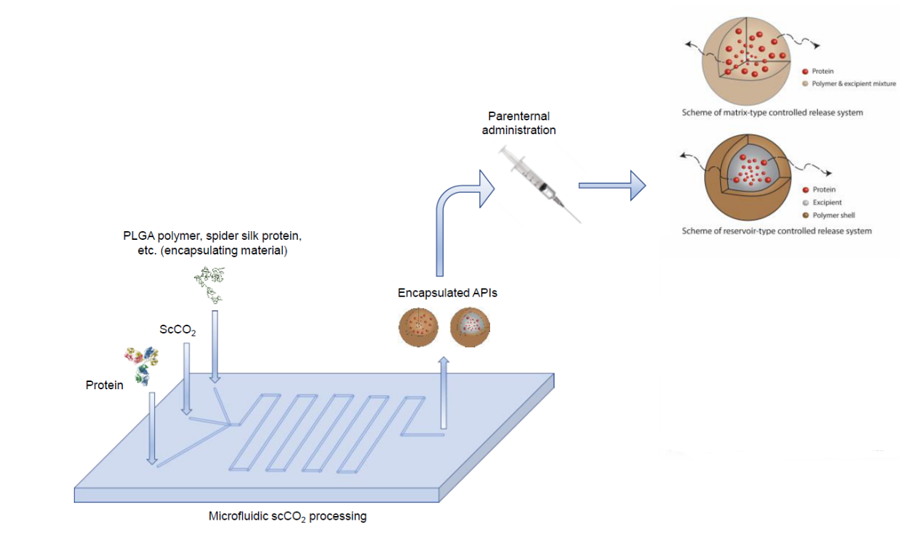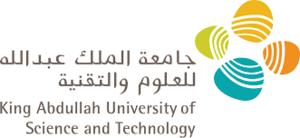MICROL develops technique for controlled drug release
- Research project

How do you control the release of drugs in the body? And how do you simplify the intake of drugs for the patient? A lot of factors influence the intake and release of drugs. This project investigates a new technology to improve the controlled release of injectable drugs.
The aim of this project is to develop a new technology for the production of long-acting injectables. This technology is based on supercritical microfluids. Spider silk protein or PLGA is used as encapsulating material. Besides, the technoeconomic potential of this technology for practical and industrial production is evaluated.
In recent decades, the use of biological therapeutics is increasing. Biological therapeutics are drugs that consist of macromolecules such as peptides and antibodies, in contrast to 'traditional' medicines that consist of smaller, synthetic molecules. The advantage of biological therapeutics is their specificity, high bioactivity and they cause few side effects, because they are usually endogenous to the body. Their main disadvantage is that they cannot be taken orally, because the medications are broken down by our gastrointestinal tract before they have had any intended effect. Therefore, these medications are administered through injections.
Oral intake is more accessible to patients than injections. Unfortunately, injectable biological therapeutics have not been succesfully produced yet. However, the frequency of injections can be reduced. This is done by controlled release of drugs. Controlled release supports constant plasma levels. For example, a patient only needs to inject once a day instead of three times to get the necessary effect.
Controlled-release drugs are encapsulated. There are various, all complex, techniques to encapsulate drugs. Each technique has its own advantages and disadvantages. You have to take into account changes in temperature and pH in the body, which can lead to premature breakdown and therefore loss of bioactivity. This project investigates an alternative with which macromolecules can also be encapsulated for drug-delivery. Specifically, this project focuses on the use of supercritical carbon dioxide.
This project combines three techniques that are already applied separately. These are:
All three techniques are relatively new and innovative. This research goes a step further by combining the methods: supercritical microfluidic technology, with PLGA and spider silk protein as encapsulating materials for drugs.
Technology is increasingly using supercritical fluids as solvents or extraction agents. In particular carbon dioxide is used in the supercritical phase. In short, a supercritical fluid is a fluid inbetween the gas phase and liquid phase. This is only possible at relatively high pressure and temperature. The higher the pressure, the sooner a substance enters the solid or liquid phase. The higher the temperature, the sooner the substance enters the gas phase. If you combine these properties, the substance can end up in a supercritical state. The advantage of this is that the substance has properties of both a gas and a liquid. This makes it ideal to use as a solvent or to extract substances from a mixture.
A medicine must be correctly packaged for targeted release and suitable effect. This research examines two encapsulating materials: spider silk protein and PLGA.
You are probably familiar with the material of spider webs: very thin, but also very strong. Scientists have recently discovered that the proteins that make up spider silk can be used for targeted drug delivery.
PLGA is a polymer formed by glycolic acid and lactic acid. Both substances can be obtained from vegetable raw materials such as sugar cane. PLGA is biodegradable in the body and very suitable as an aid in targeted drug delivery. Research into these substances as encapsulating materials for microparticles is still ongoing. This research contributes to that.
This project investigates supercritical microfluidic technology (SCMF). The advantage of this technology, compared to its larger-scale counterpart supercritical fluid technology (SCF), is more control over the size and composition of the microparticles, more precise adjustment of conditions such as pressure, temperature and acidity. In addition, its reproducibility is greater and its use is cheaper and less complicated. This technology contributes to the production of injectable biological therapeutics.
De results of this project benefit people who use injections daily, such as diabetes patients. Long-acting injectables lead to a less frequent drug intake. This relieves these patients from the impact injecting has on their day-to-day life with better maintanance of their health condition.
This project develops a technology to produce and test these medicine at a small scale. If proved succesful, this technology can be upscaled and tested on a larger group of patients.


Lector Plant Production & Processing
Nijenborgh 6, 9746 AG Groningen
How satisfied are you with the information on this page?
Give your opinion
Thanks for your feedback. We will do something with it.
Hanze University of Applied Sciences uses cookies to ensure that the website functions optimally, some of which are placed for third-party services. Want to know more? Read our cookie policy at cookie policy.
Hanze University of Applied Sciences uses cookies to ensure that the website functions optimally, some of which are placed for third-party services. Want to know more? Read our cookie policy at cookie policy.
Only cookies that are necessary for the basic operation of the website are loaded. Only anonymous basic information is used for website analysis. No personal data is stored.
To be able to use additional functions, such as videos and forms, functional cookies are placed. Only anonymous basic information is used for website analysis. No personal data is stored.
Statistical cookies are used to improve the user experience, which means there are more possibilities for website analysis. Only anonymous information is used for website analysis. No personal data is stored.
Marketing cookies are used to show relevant advertisements on advertising platforms such as Facebook and Google. The cookies share individual data about your surfing behavior on our website.
This element requires cookies.
Accept 'functional cookies' to see this content.





